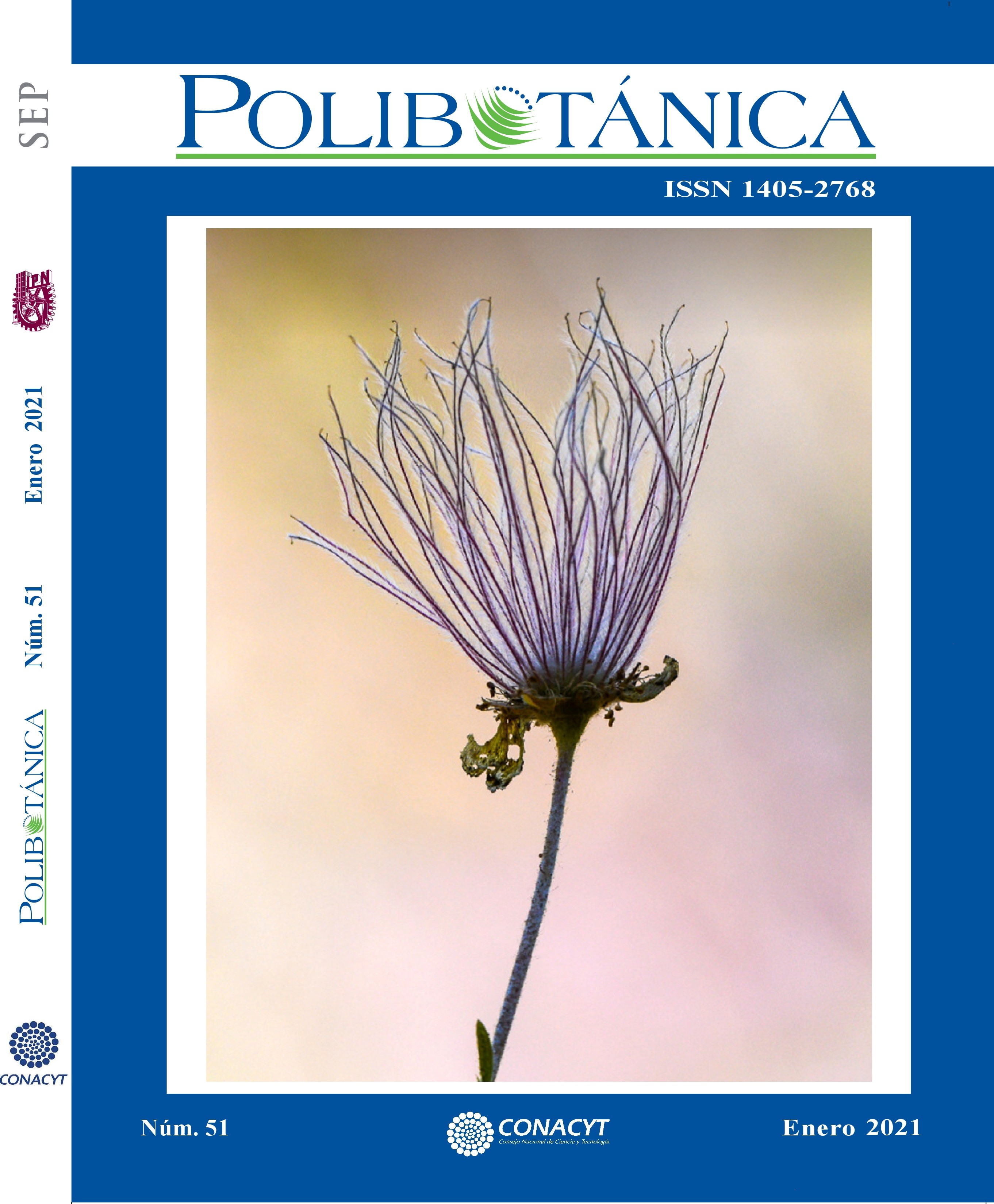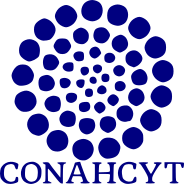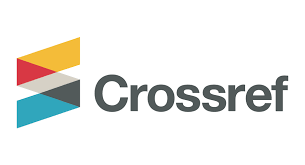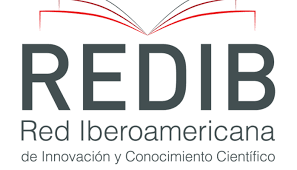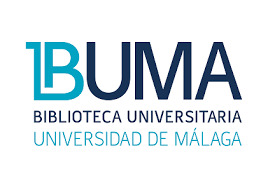Diversidad genética de la Chaya (Cnidoscolus aconitifolius (Mill.) I. M. Johnst. ssp. aconitifolius) en Yucatán, México, su posible centro de domesticación.
Palavras-chave:
Cnidoscolus aconitifolius, Cnidoscolus souzae, marcadores ISSR, mayas, reproducción clonal, parientes silvestresResumo
La Chaya (Cnidoscolus aconitifolius ssp. aconitifolius) posee gran importancia como planta comestible y medicinal en Mesoamérica; sin embargo, aún existe poca información sobre su domesticación. Nuestro objetivo fue aportar conocimiento sobre la diversidad genética de la Chaya y su relación con sus parientes silvestres en Yucatán, México, su área posible de domesticación. 100 individuos de Chaya, ocho de C. aconitifolius y nueve de C. souzae fueron colectados y caracterizados usando 158 loci de marcadores ISSR. Los análisis realizados con Structure y PCoA diferenciaron a la Chaya de sus parientes silvestres; la presencia de un solo clon para la variedad Chayamansa, el cual posee una amplia abundancia en el área de estudio; así como la existencia de solo dos individuos de la variedad Redonda, los cuales mostraron ancestría compartida con C. aconitifolius. Un AMOVA indicó que el 90% de la variación total esta entre los tres taxa estudiados y una comparación entre distancias genéticas mostró una mayor diferenciación entre la Chaya y sus parientes silvestres (con C. aconitifolius de 0.459, con C. souzae de 0.622), que entre parientes silvestres (0.287). La Chaya mostró una diversidad genética baja (%P= 5.95; HE= 0.018) en comparación con C. aconitifolius (%P= 71; HE= 0.26) y C. souzae (%P= 56; HE= 0.21); cuando se eliminaron del análisis los dos individuos de la variedad Redonda, la diversidad genética fue cercana a cero (%P= 0.6; HE= 0.008). Nuestros resultados confirmaron la existencia de niveles de diversidad genética muy bajos en la Chaya como resultado de su propagación clonal y/o de un efecto fundador por domesticación, así como una relación mayor con C. aconitifolius. Los resultados de este trabajo apoyan la hipótesis de que Chaya es un cultivo totalmente domesticado y que su domesticación fue a partir de C. aconitifolius.
Referências
Bassam, B. J., Anollés, G. C. & Gresshoff P. M. (1991). Fast and sensitive silver staining of DNA in polyacrylamide gels. Analytical Biochemistry, 196, 80–83. https://doi.org/10.1016/0003-2697(91)90120-I
Breckon, G. J. (1975). Cnidoscolus, section Calyptosolen (Euphorbiaceae) in Mexico and Central America. University of California, Davis, 463 p.
Carnevali Fernández-Concha, G., Tapia-Muñoz, J. L., Duno de Stefano, R. y Ramírez, I. M. (2010). Flora ilustrada de la Península de Yucatán: Listado Florístico. Centro de Investigación Científica de Yucatán, A. C. Mérida, Yucatán, México, 328 p.
Cifuentes, R., Pöll, E., Bressani R. y Yurrita S. (2010). Caracterización botánica, molecular, agronómica y química de los cultivares de Chaya (Cnidoscolus aconitifolius) de Guatemala. Revista Universidad Valle de Guatemala, 21, 34–49.
Culley, T. M & Wolfe, A. D. (2001). Population genetic structure of the cleistogamous plant species Viola pubescens, as indicated by isozyme and ISSR molecular markers. Heredity, 86, 545–556. https://doi.org/10.1046/j.1365-2540.2001.00875.x
Ebel, R., Méndez-Aguilar, M. D. J., Castillo-Cocom J. A. & Kissmann, S. (2019). Genetic Diversity in Nutritious Leafy Green Vegetable—Chaya (Cnidoscolus aconitifolius). In: Genetic Diversity in Horticultural Plants, Sustainable Development and Biodiversity 22. D. Nandwani (ed.). Springer Nature Switzerland AG. pp. 161–189.
Echevarría-Machado, I., Sánchez-Cach, L. A., Hernández-Zepeda, C., Rivera-Madrid, R. & Moreno-Valenzuela, O. (2005). A Simple and Efficient Method for lsolation of DNA in High Mucilaginous Plant Tissues. Molecular Biotechnology, 31(2), 129–135.
Evanno, G., Regnaut, S. & Goudet, J. (2005). Detecting the number of clusters of individuals using the software STRUCTURE: A simulation study. Molecular Ecology, 14, 2611–2620. https://doi.org/10.1111/j.1365-294X.2005.02553.x
Fan, D. & Zhou C. (2010). Chaya (Cnidoscolus spp.) leaves: Antinutritional factor analysis and effect of treatment processing on cyanogenic glycosides content. Food Science, 31, 110–113. https://doi.org/10.7506/SPKX1002-6300-201003025
Fernández-Casas, F. (2008). Cnidoscolorum notulæ (Euphorbiaceæ), 41–44. Fontqueria 63: 481–514.
Galluzzi, G. & López-Noriega, I. (2014). Conservation and use of genetic resources of underutilized crops in the Americas: a continental analysis. Sustainability, 6, 980–1017.
Hamrick, J. L. & Godt M. W. (1997). Effects of life history traits on genetic diversity in plant species. Philosophical Transactions of the Royal Society of London B, 351, 1291–298. https://doi.org/10.1098/rstb.1996.0112
Earl, D. A. & vonHoldt, B. M. (2012). STRUCTURE HARVESTER: A website and program for visualizing STRUCTURE output and implementing the Evanno method. Conservation Genetics Resources 4(2):359-361. Core version: vA.1 March 2012. Plot version: vA.1 November, 2012. Web version: v0.6.93 November 2012.
Kimberling, D. N., Ferreira, A. R., Shuster, S. M. & Keim P. (1996). RAPD marker estimation of genetic structure among isolated northern leopard frog populations in south-western USA. Molecular Ecology, 5, 521–529. https://doi.org/10.1111/j.1365-294X.1996.tb00344.x
Kremer, A., Caron, H., Cavers, S., Colpaert, N., Gheysen, L., Gribel, R. & Salgueiro F. (2005). Monitoring genetic diversity in tropical trees with multilocus dominant markers. Heredity, 95, 274–280. https://doi.org/10.1038/sj.hdy.6800738
Ladizinsky, G. (1985). Founder effect in crop-plant evolution. Economic Botany, 39(2), 191–199. https://doi.org/10.1007/BF02907844
Lynch, M. & Milligan B. G. (1994). Analysis of population genetic structure with RAPD markers. Molecular Ecology, 3, 91–99. https://doi.org/10.1111/j.1365-294X.1994.tb00109.x
Markus, V., Abbey, P. A., Yahaya, J., Zakka, J., Yatai, K. B. & Oladeji, M. (2016). An underexploited tropical plant with promising economic value and the window of opportunities for researchers: Cnidoscolus aconitifolius. American Journal of Food Science and Nutrition Resources, 3(6), 177–187.
Martínez-Castillo, J., Colunga-GarcíaMarín, P. & D. Zizumbo-Villarreal (2008). Genetic erosion and in situ conservation of Lima bean (Phaseolus lunatus L.) landraces in its Mesoamerican diversity center. Genetic Resources and Crop Evolution 55: 1065–1077. https://doi.org/10.1007/s10722-008-9314-1
Maya-Lastra, C. A. & Steinmann, V. W. (2018). A nomenclator of Cnidoscolus
(Euphorbiaceae). Phytotaxa, 346, 1–30. https://doi.org/10.11646/phytotaxa.346.1.1.
Maya-Lastra, C. A. & Steinmann, V. W. (2019). Evolution of the untouchables: Phylogenetics and classification of Cnidoscolus (Euphorbiaceae). Taxon, 68(4), 692–713. https://doi.org/10.1002/tax.12093
McKey, D., Elias, M., Pujol B. & Duputié, A. (2010). The evolutionary ecology of clonally propagated domesticated plants. New Phytologist, 186, 318–332. https://doi.org/10.1111/j.1469-8137.2010.03210.x
Meirmans, P. G. (2015). Seven common mistakes in population genetics and how to avoid them. Molecular Ecology, 24, 3223–3231. https://doi.org/10.1111/mec.13243
Moura, L. F. W. G., da Silva Neto, J. X., Pereira Lopes, T. D., Rathinaraj Benjamin, S., Rodrigues Brito, F. C., Alves Magalhães, F. E. & Florindo Guedes, M. I. (2019). Ethnobotanic, phytochemical uses and ethnopharmacological profile of genus Cnidoscolus spp. (Euphorbiaceae): A comprehensive overview. Biomedicine and Pharmacotherapy, 109, 1670–1679. https://doi.org/10.1016/j.biopha.2018.10.015
Munguía-Rosas, M. A., & Jácome-Flores, M. E. (2020). Reproductive isolation between wild and domesticated chaya (Cnidoscolus aconitifolius) in sympatry. Plant Biology, First On-line. https://doi.org/10.1111/plb.13140
Munguía-Rosas, M. A., Jácome-Flores, M. E., Bello-Bedoy, R., Solis-Moreno, V. M. E. & Ochoa-Estrada, E. (2019). Morphological divergence between wild and cultivated chaya (Cnidoscolus aconitifolius) (Mill.) I.M. Johnst. Genetic Resources and Crop Evolution, 66, 1389–1398. https://doi.org/10.1007/s10722-019-00790-w
Nei, M. (1978). Estimation of average heterozygosity and genetic distance from small number of individuals. Genetics, 89, 583–590.
Peakall, R. & Smouse, P. (2006). GENALEX 6: genetic analysis in Excel. Population genetic software for teaching and research. Molecular Ecology Notes, 6, 288–295. https://doi.org/10.1111/j.1471-8286.2005.01155.x
Pritchard, J. K., Stephens, M. & Donnelly, P. (2000). Inference of population structure using multilocus genotype data. Genetics, 155, 945–959.
Ross-Ibarra, J. (2003). Origen y domesticación de la chaya (Cnidoscolus aconitifolius Mill I. M. Johnst): La espinaca Maya. Mexican Studies, 19, 287–302. https://doi.org/10.1525/msem.2003.19.2.287
Ross-Ibarra, J. & Molina-Cruz, A. (2002). The ethnobotany of chaya (Cnidoscolus aconitifolius ssp. aconitifolius Breckon): a nutritious maya vegetable. Economic Botany, 56, 350–365. https://doi.org/10.1663/0013-0001(2002)056
Sanchez-Hernandez, I., Barragan-Alvarez, C., Torres-Gonzalez, O. & Padilla-Camberos, E. (2017). Nutraceutical potential of Cnidoscolus aconitifolius. ARC Journal of Nutrition and Growth, 3(2), 27–30. https://doi.org/10.20431/2455-2550.0302005
Schikorr F. (2017). Evidencia de la presencia de Cnidoscolus urens en la península de Yucatán, la chaya silvestre más urticante de todas. Desde el Herbario CICY, 9, 228–230.
Schikorr F. y J. Rodríguez (2018). El monoicismo escondido dinámico en el género Cnidoscolus. Desde el Herbario CICY, 10, 25-28.
Steinmann, V. W. (2002). Diversidad y endemismo de la familia Euphorbiaceae en México. Acta Botánica Mexicana, 61, 61–93.
Vekemans, X. (2002). AFLP-SURV version 1.0. Distributed by the author. Laboratoire de Génétique et Ecologie Végétale, Université Libre de Bruxelles, Belgium.
Zietkiewicz, E., Rafalski, A. & Labuda, D. (1994). Genome fingerprinting by simple sequence repeat (SSR)-anchored polymerase chain reaction amplification. Genomics, 20, 176–183. https://doi.org/10.1006/geno.1994.1151
Zhivotovsky, L. A. (1999). Estimating population structure in diploids with multilocus dominant DNA markers. Molecular Ecology, 8, 907–913. https://doi.org/10.1046/j.1365-294x.1999.00620.x
Zohary, D. (2004). Unconscious selection and the evolution of domesticated plants. Economic Botany, 58, 5–10. https://doi.org/10.1663/0013-0001(2004)058[0005:USATEO]2.0
Downloads
Publicado
Edição
Seção
Licença

Polibotánica por Departamento de Botánica de la Escuela Nacional de Ciencias Biológicas del Instituto Politécnico Nacional se distribuye bajo una Licencia Creative Commons Atribución-NoComercial-CompartirIgual 4.0 Internacional.

